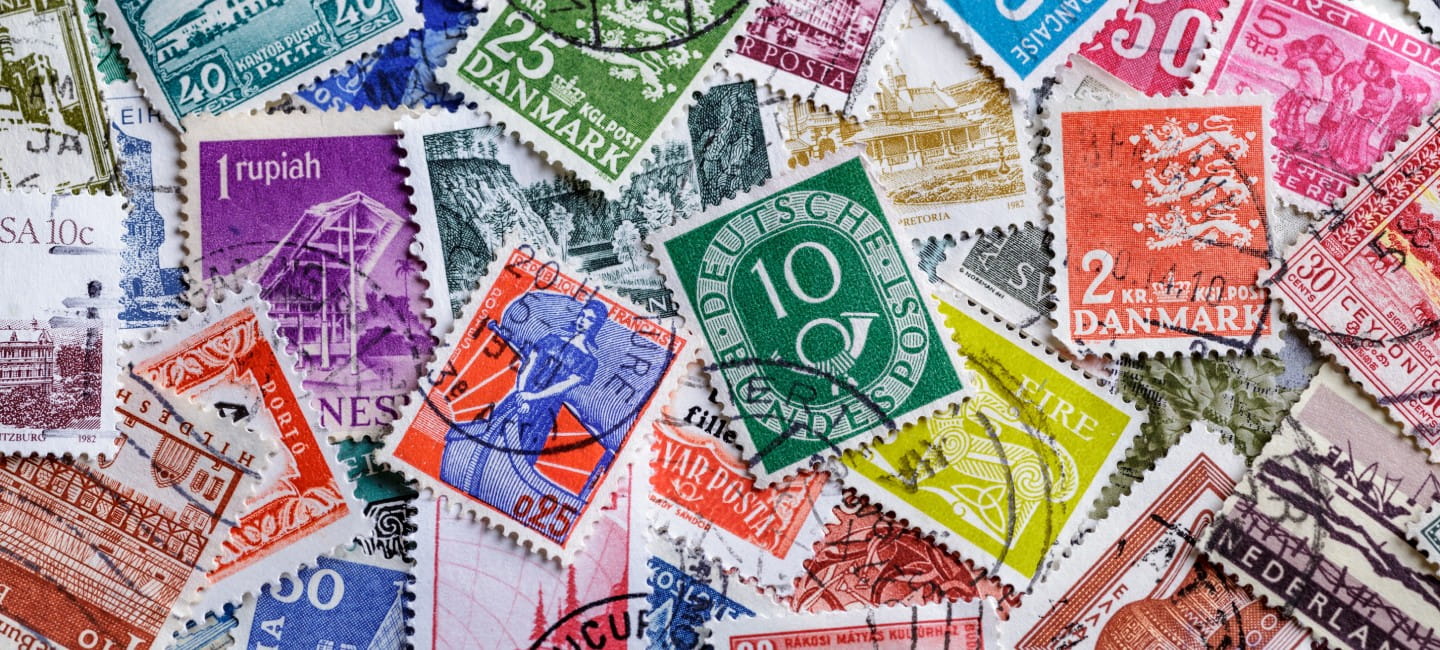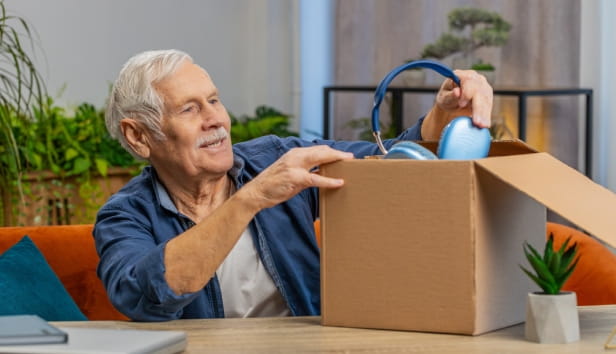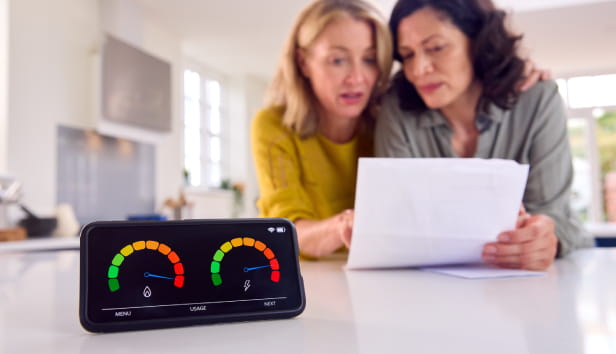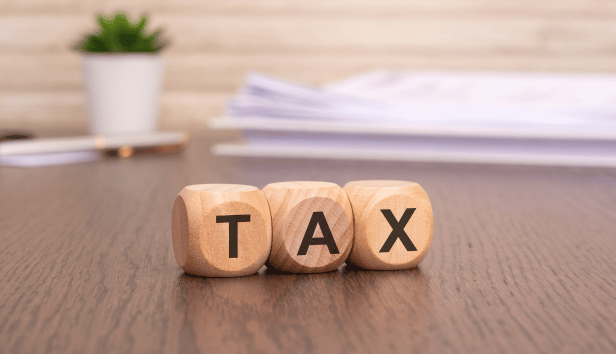
A stamp caused a stir when it was put up for sale for £650,000 – described as one that “shouldn’t exist”.
“This particular stamp was a plate 77 Penny Red, which were printed in such small quantities due to errors in the printing process, so it’s exceptionally rare,” says Stephen Jones, Owner of Liverpool Stamps.
“Any stamp from this plate is a significant find and will sell for hundreds of thousands of pounds.”
If the mention of such a high value stamp has you flicking through your childhood collection hoping to find a similar treasure, you’re not alone.
It’s estimated there are 60 million stamp collectors in the world and, if you’re one of them, you might be wondering how much your sticky gems are worth.
While the Penny Red that went up for sale was rare because of a printing error, sadly, you’re unlikely to be sitting on a fortune with your collection.
Bear in mind stamps are produced in bulk, so even finding one from over 100 years ago might not signal you’re sitting on a goldmine.
Condition is important though, so if you're to have any chance of making money from your hobby then bonus points if you’ve kept yours neatly arranged in an album, as this can enhance the value substantially.
If you’re running to your collection to see if you have a valuable example, start by looking for unique issues or mistakes (such as an upside-down watermark or a rare postmark) as these can increase the stamp’s value.
Jones says plate number, orientation of the watermark and even the dye used can also affect how much each stamp may be worth.
As with many collectibles, finding errors can often be the key to valuable treasure. “The Inverted Jenny from the United States, the Treskilling Yellow from Sweden and early issues from countries like Mauritius and British Guiana can be extremely valuable. These stamps are very rare,” says Jones.
They can be worth a huge amount too, if the conditions are right: the Inverted Jenny, mentioned above, features an upside-down plane and sold for $2 million (more than £1.5 million) last November.
“I’ve come across several exciting collections,” says Jones. “One memorable experience was evaluating a collection of Victorian-era British stamps.
“The collection included a wide range of Penny Blacks and Penny Reds with rare postmarks ranging in colours and designs, some of which I’d never seen before or knew existed. Finding rarities in excellent condition is always a thrill and doesn’t happen very often.
“We’ve found that the most popular stamps for people to collect are old British stamps, as well as those from Commonwealth countries.”
Rare stamps will always be more valuable, but Jones also looks for an interesting back story, such as where it came from, when considering value.
“Rarities like the British Guiana One Cent Magenta, which sold for millions, and the Mauritius Post Office stamps are among the most valuable in the world,” he adds.
The former is from British Guiana (now Guyana) and was part of a temporary batch that was instantly decommissioned when arriving on British shores – but one survived and has made its way through various collectors until being bought most recently in 2021.
If you’re struggling to work out if you’ve got anything of worth, respected stamp dealer Stanley Gibbons has a good page on interesting stamps that can be worth hundreds or thousands in mint condition.
Even though you might not find you’ve collected a stamp worth a life-changing sum, you might still spot some gems that could fetch hundreds in your collection.
Stanley Gibbons lists pairs of Queen Elizabeth stamps from the 1980s at £325, while a block of four celebrating King George VI’s silver wedding in 1948 at £175.
If you want to start a collection without breaking the bank but want to feel a personal connection to your collection, you can still find plenty to pique your interest – for instance, stamps commemorating the 1966 World Cup can be snapped up for pennies.
.jpg?sc=max&mw=800&h=450&la=en&h=731&w=1300&hash=14D90673B8E09FC884BCC877FA005C8C)
If you think you might not have a stamp worth hundreds of thousands in your collection, but could potentially have some still-valuable examples, it’s worth investing in a stamp catalogue to house them.
Get your stamp collection out of the loft and give it some love as soon as possible – extreme temperatures and damp are the enemy.
“Proper storage is crucial to maintaining the condition and value of stamps,” says Jones. “Store them in a cool, dry place away from direct sunlight, which can cause fading.”
He also recommends keeping your stamps in truly acid-free albums (as acid could break down their colours) or stock books with protective sleeves.
Doing so allows you so to store your stamps without having to stick them and they’re protected from damage when viewing. And, whatever you do, don’t leave them loose in a bag.
“[Another] common mistake is using poor-quality hinges or tape, which can damage the gum and reduce the stamp’s value,” Jones adds.
“Avoid storing them anywhere with extreme temperature fluctuations, high humidity or moisture as that can lead to mould and mildew.”
The Philatelic Traders’ Society (PTS) brings together reputable stamp experts and has a useful guide on how - and when - to get your stamps valued, as well as a tool to help you search for a local dealer.
You shouldn’t have to pay for a valuation (unless you’re just hiring an expert to give you an idea of overall value, rather than considering a sale) although it’s always worth checking before passing on your collection.
A valuation doesn’t always have to be done in person, as pictures or video can be sent over email or social media to valuers.
Jones says: “It’s important to have stamps appraised by someone with expertise in the field who can accurately assess their condition, rarity, and market value.”
Stamp collecting can also bring the chance to join a new community, and you can meet other enthusiasts and experts at events, such as Stampex in London. If you don’t want to travel, there’s also an online version to attend too.
“Stamps are an investment that can grow in value over time if curated carefully,” says Jones. “We only have to take a look at how the price of a first and second-class stamp has changed over time to see the potential stamps have to be a great investment.”
You do need to be realistic though. “The chances are high that your stamp collection is not worth as much as you initially thought. Most stamps are common and are of little to no value,” he adds.
For instance, if you’ve got any ‘First Day Cover’ stamps [those on a cover, postal card or stamped envelope franked on the first day the issue is authorised for use] from the last 30-40 years, you might think they’re worth a fair bit – but it’s less likely than you might think.
If you suspect you might be sitting on a rare stamp, or just one you’d like to sell, make sure you keep it in the best possible condition.
“Work with a trusted dealer or auction house to make sure your stamps are accurately valued and marketed to the right audience,” says Jones.
“A lot of people tend to check eBay for prices, which is [only] useful if you’re looking at [what they sold for]. We often meet people who value their stamps based on similar collections that are listed at extremely high prices with no bids or sales.”
Don’t be too disappointed if you find out your stamp collection isn’t particularly valuable, as Jones points out that gathering them together is a passion that spans several worlds: “Stamp collecting is a fascinating hobby that connects people through history, art and culture,” he says,
So even if your album is a labour of love that’s not worth much, you could pass it on to the next generation and fuel their love for philately - and become part of a friendly community of enthusiasts too.






From sales to cashback, here’s how to get more for your money online.
.jpg?la=en&h=354&w=616&hash=1254A3F816E81965A47EA68E3AEC9F7A)

Smart meter pros and cons explained, and how to use them. Plus, new rules mean you could get a payout if yours doesn’t work.
